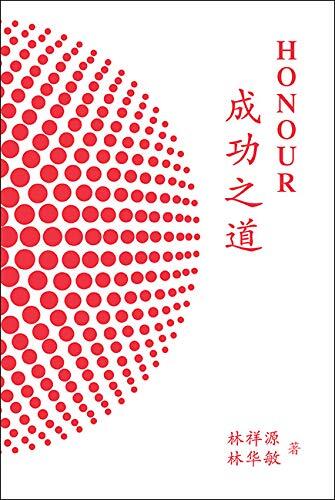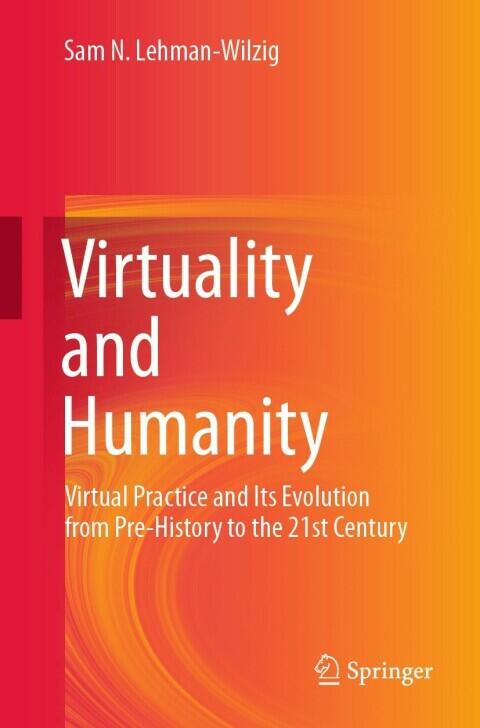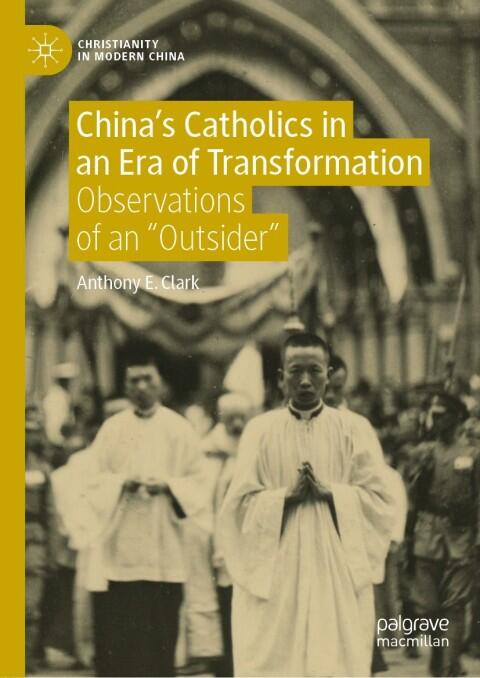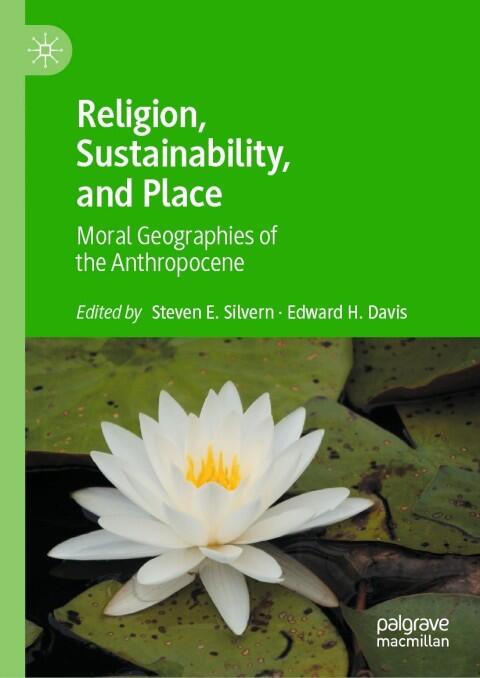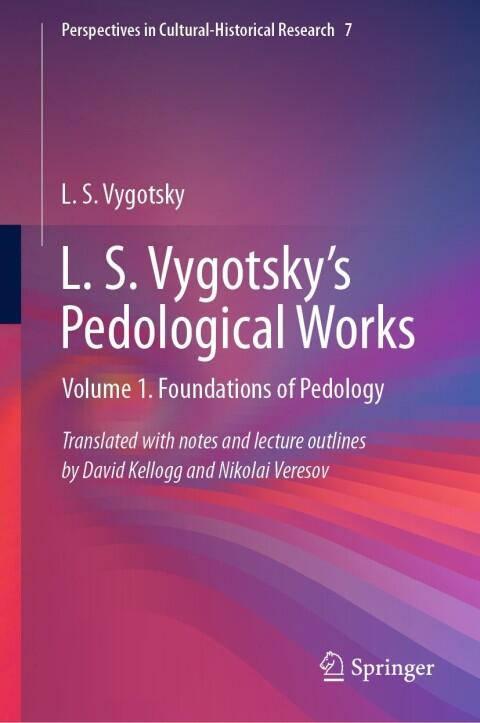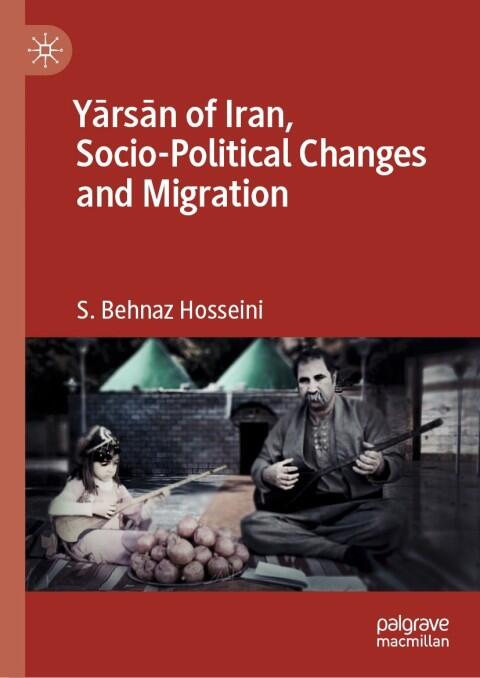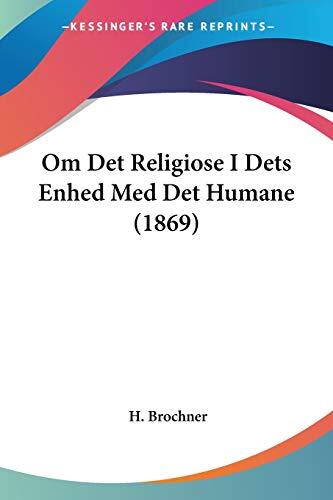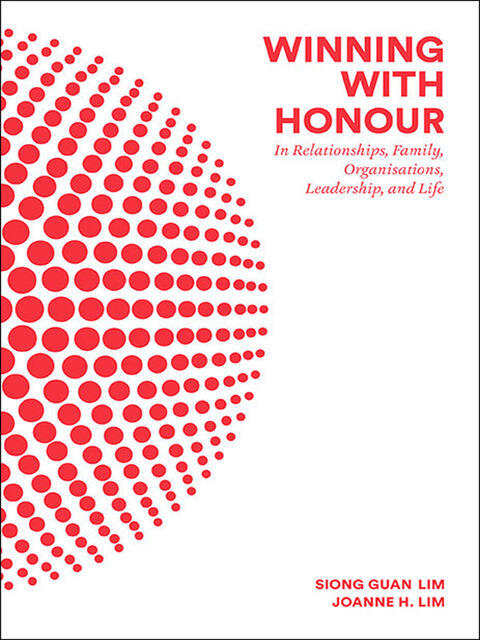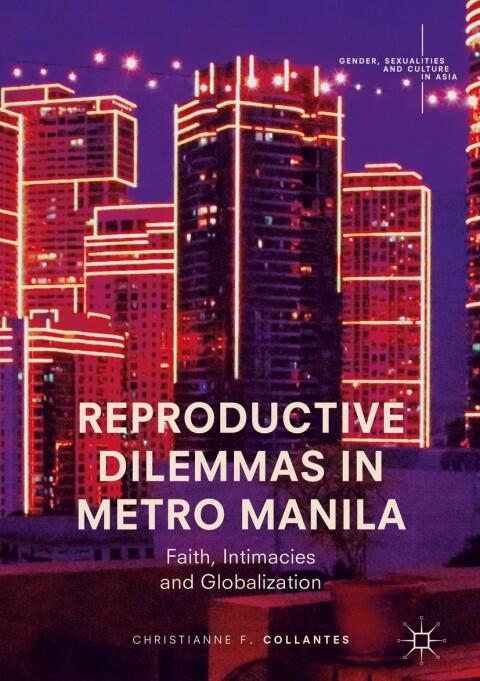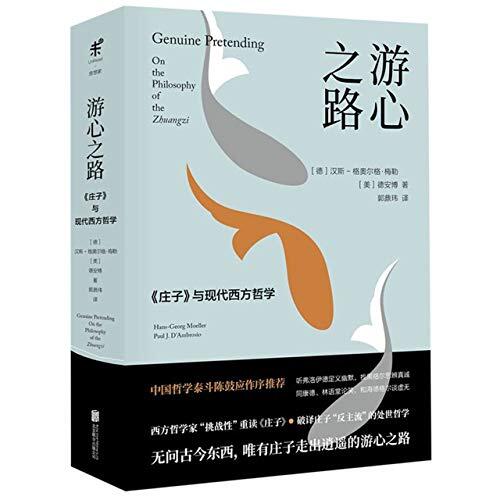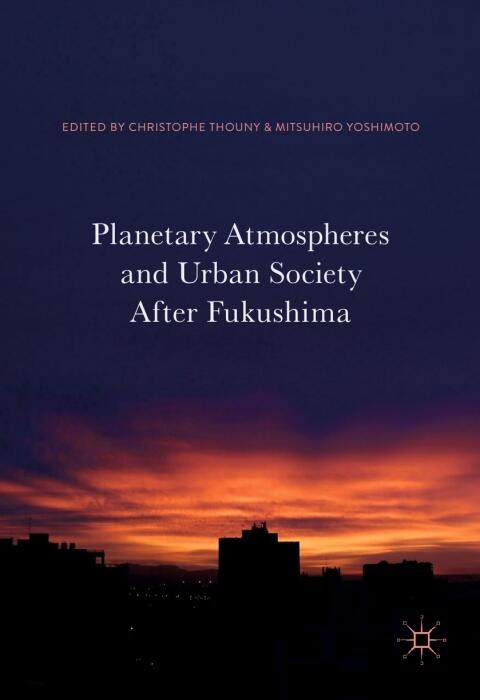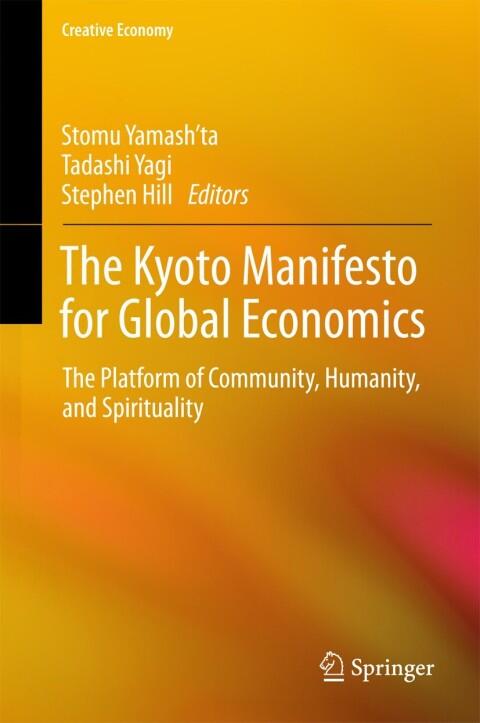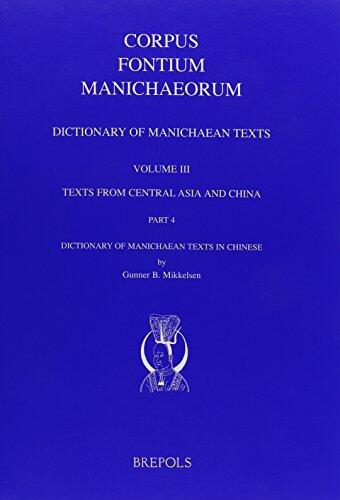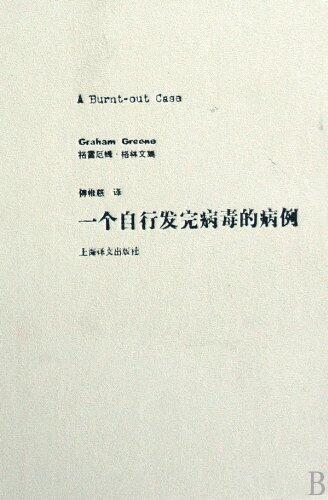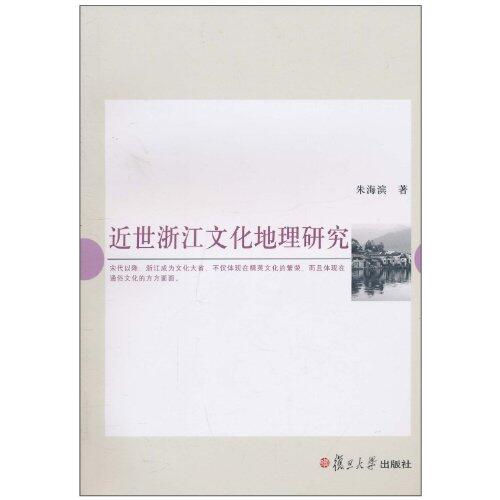
A research on modern Zhejiang culture and geography
작성자
Zhu HaiBin
아직 평점이 없습니다
Religion & Spirituality
형식
페이퍼백
페이지
407
언어
중국어
출판됨
Jan 1, 2011
출판사
Fudan University Press
ISBN-10
7309075900
ISBN-13
9787309075908
설명
Zhu HaiBin dives into the rich tapestry of modern Zhejiang's culture and geography, revealing the province's evolution following the Song dynasty. This era marked a significant transformation, as Zhejiang emerged as a cultural hub, steeped in artistic fervor and intellectual pursuits. The author meticulously examines how this cultural prominence has shaped the everyday lives of its inhabitants, intertwining historical context with contemporary relevance.
The exploration extends beyond mere cultural expressions to encompass the diverse geographical landscapes that contribute to Zhejiang's unique identity. Zhu emphasizes the interplay between the province's natural beauty, including its picturesque rivers and mountains, and its cultural heritage, illustrating how these elements coexist and foster a distinct way of life.
Through vivid descriptions and thoughtful analysis, the work invites readers to understand the intricate connections between geography and culture in Zhejiang, highlighting the ways in which they influence one another. As the narrative unfolds, it becomes apparent that the heart of Zhejiang lies in its ability to harmonize tradition with modernity, a theme that resonates throughout the text.
Zhu HaiBin's research serves as a valuable resource for anyone looking to delve deeper into the complexities of Zhejiang's cultural landscape, providing insights that reflect both the province's historical significance and its contemporary relevance in today's rapidly changing world.
The exploration extends beyond mere cultural expressions to encompass the diverse geographical landscapes that contribute to Zhejiang's unique identity. Zhu emphasizes the interplay between the province's natural beauty, including its picturesque rivers and mountains, and its cultural heritage, illustrating how these elements coexist and foster a distinct way of life.
Through vivid descriptions and thoughtful analysis, the work invites readers to understand the intricate connections between geography and culture in Zhejiang, highlighting the ways in which they influence one another. As the narrative unfolds, it becomes apparent that the heart of Zhejiang lies in its ability to harmonize tradition with modernity, a theme that resonates throughout the text.
Zhu HaiBin's research serves as a valuable resource for anyone looking to delve deeper into the complexities of Zhejiang's cultural landscape, providing insights that reflect both the province's historical significance and its contemporary relevance in today's rapidly changing world.
